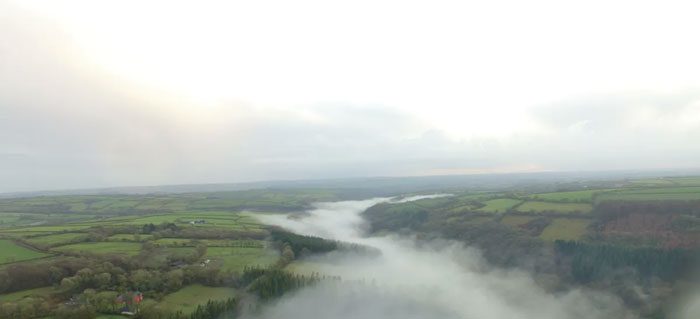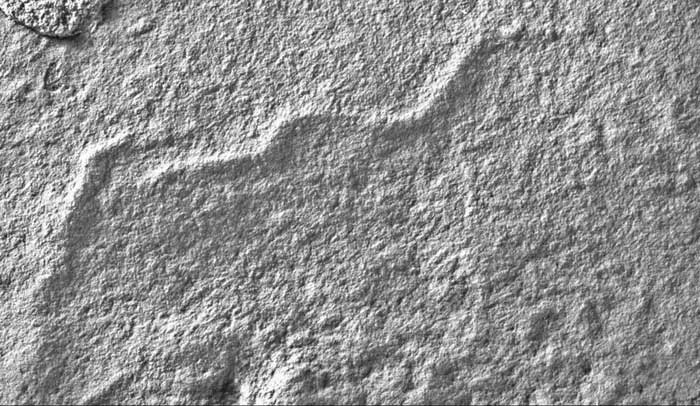Fossils from the Llangynog Inlier in southern Wales have been dated with unprecedented accuracy. These fossils represent some of the oldest specimens of large multicellular life and align with specimens from other parts of the world, making this dating significant in narrowing down the period when life transitioned from forms barely visible to a diverse array of complex organisms.

Beneath the fog of Wales lies one of the richest fossil collections from a time when England was still near the equator, and multicellular life was becoming increasingly complex.
As humanity uncovers more about the world, we will understand that it is not life itself that makes Earth special, but rather complex multicellular life. After all, life emerged on Earth almost as soon as this planet cooled enough to support it, while multicellular life took an additional three and a half billion years to develop. This period is referred to as the Avalon assemblage, when large organisms began appearing in the fossil record across the planet, marking one of the most significant events not only for Earth but also for the galaxy.
“These organisms are, in some respects, reminiscent of modern marine species like jellyfish, but in other ways, they are bizarre and alien. Some resemble ferns, others look like cabbages, while some resemble sea pens,” stated PhD candidate Anthony Clarke from Curtin University in a statement.

Ediacaran fossils contain many species that today resemble insect-like forms.
Previously, we had found very few clues about the source of life; the only visible forms without a microscope would be tiny organisms like stromatolites. Microbial mats emerged in deeper waters millions of years ago, but then suddenly, the Avalon species appeared at roughly the same time in various regions around the world. This makes determining when this event occurred crucial if we want to understand its causes. Similar fossils have been discovered with a maximum age of 564.13 ± 0.65 million years ago, but if considered in isolation, we cannot know whether these are the first fossils.
Carbon dating lacks the precision needed for such measurements. The strata where these fossils, known as Ediacaran Biota, were found—named after the hills where they were first identified—often lack good alternative dating options. However, sometimes volcanic eruptions help. Ash layers can be dated much more accurately, and if they are found above or below—and ideally both—fossil beds, we can ascertain a much clearer timeframe for them.
A volcanic mass is located at the center of the Llangynog Inlier. Zircon crystals, favored by geologists for their dating reliability, and rutile were found in layers containing Ediacaran fossils. By dating both, Clarke and co-authors confirmed the age to be 564.09 ± 0.70 million years ago.
“The Llangynog Inlier contains the greatest diversity of marine organisms in England,” Clarke remarked. “We used the amount of water ejected from an ancient volcano that covered the fauna as a time marker to accurately date the fossils to 565 million years, with a margin of error reduced to 0.1%.”
The more sites with similar ages for comparable fossils we find, the more confident we can be that they appeared and vanished simultaneously, despite what Clarke acknowledges is a very patchy fossil record.
Clarke notes that these ages indicate the emergence of relatively large species, with studies suggesting this complexity arose almost immediately after the end of an era when much of the planet was covered in ice. The influx of nutrients from glaciers sweeping through rocks into the oceans is believed to have enabled these life forms to thrive suddenly.
However, Clarke stated that this was not the only change occurring at that time. He remarked: “There were significant changes in the ocean’s chemical composition. Iron levels dropped, and oxygen concentrations surged. There were also shifts in tectonic plate movements. Some researchers suggest these changes are related [to biological development]. England was near the equator and drifting northward. A chain of volcanic islands released zircon into the atmosphere, and fortunately for us, it rained down and allowed us to determine when this species perished. These extinctions were likely related to emissions from these eruptions.”


















































